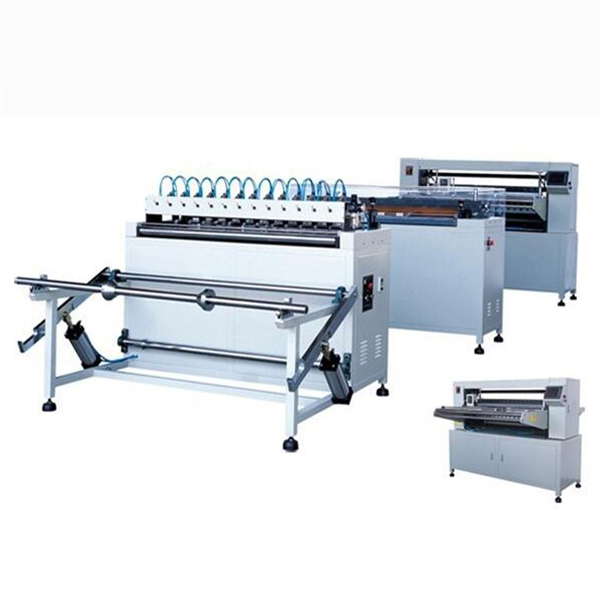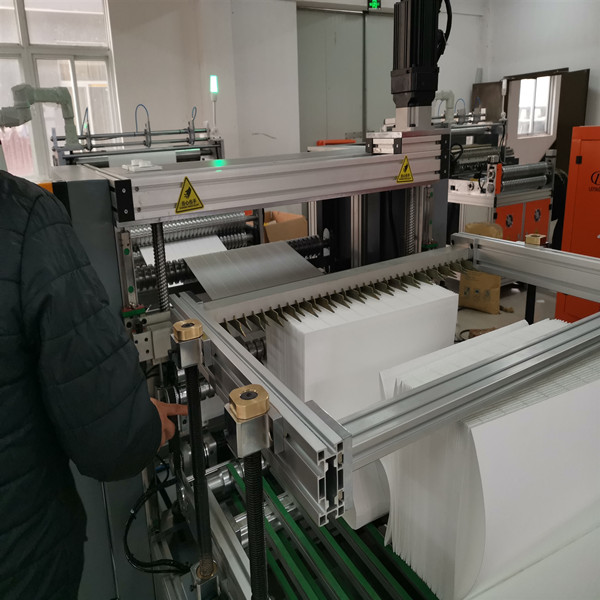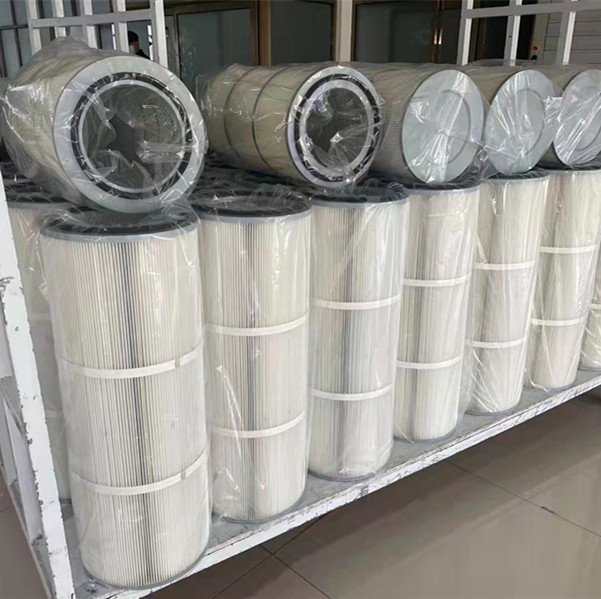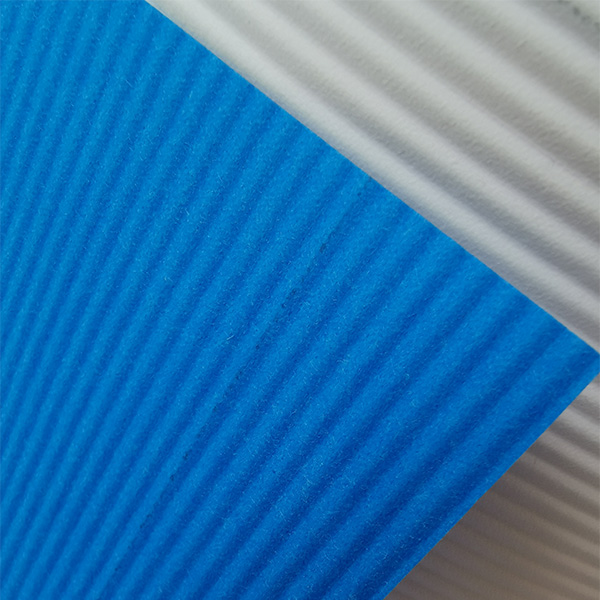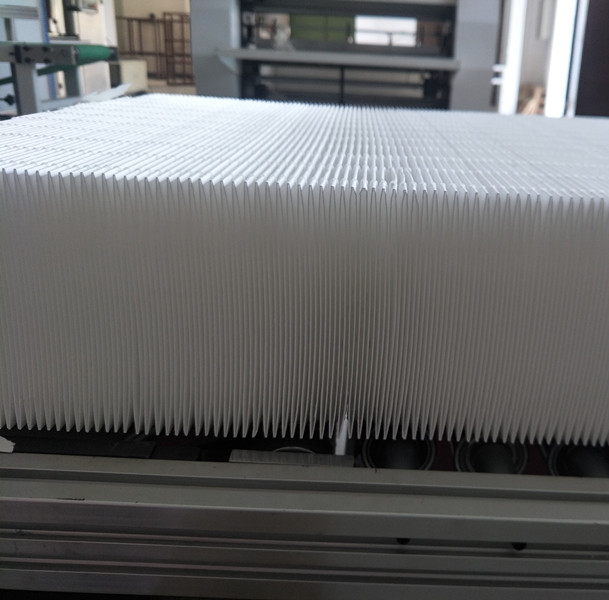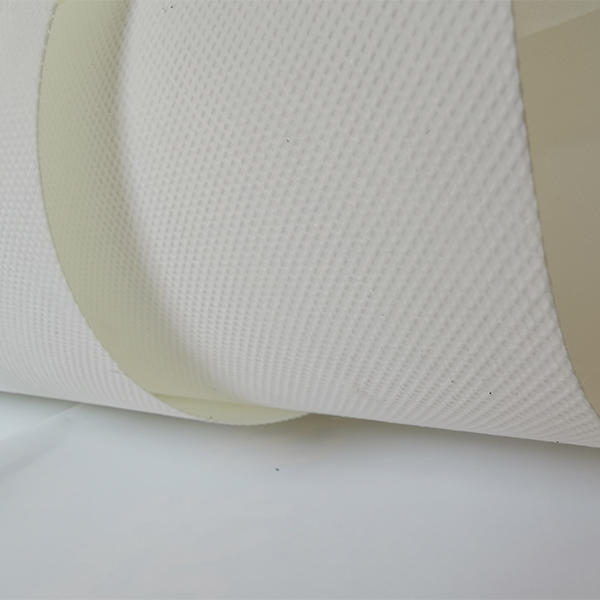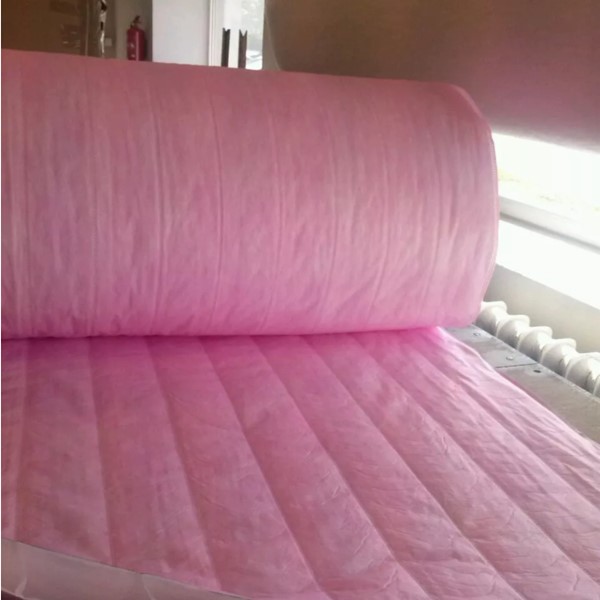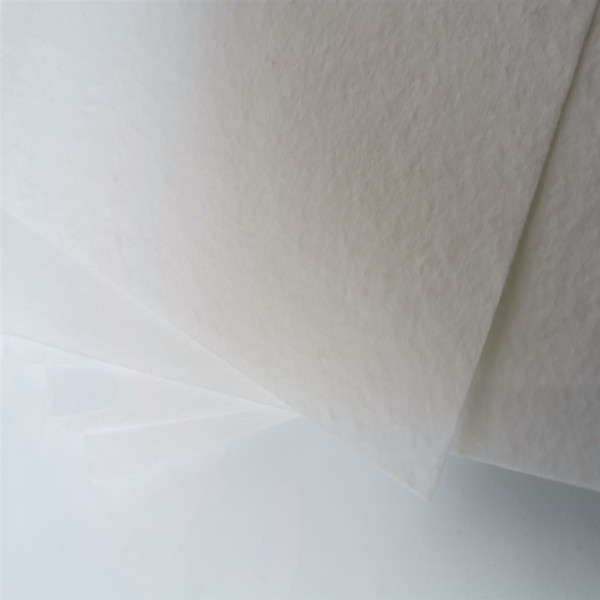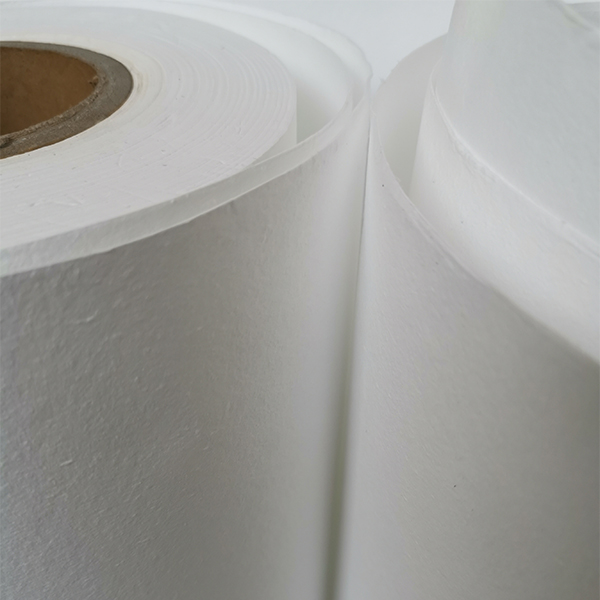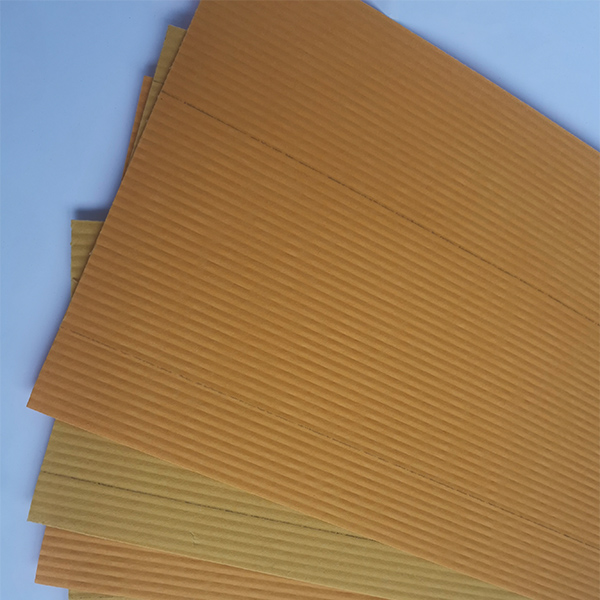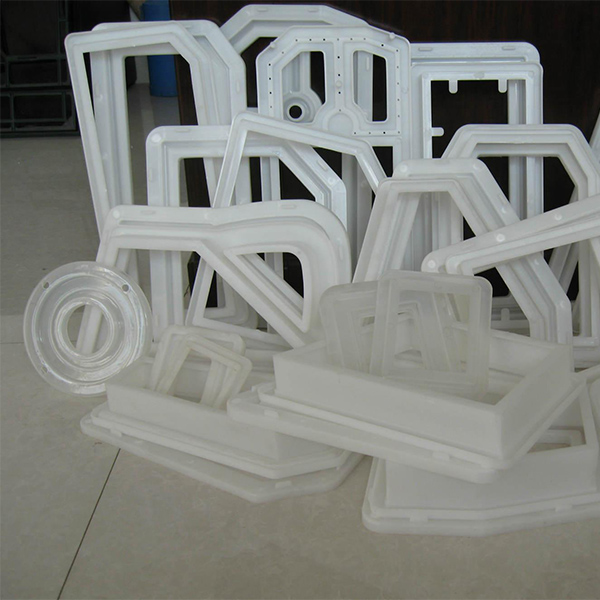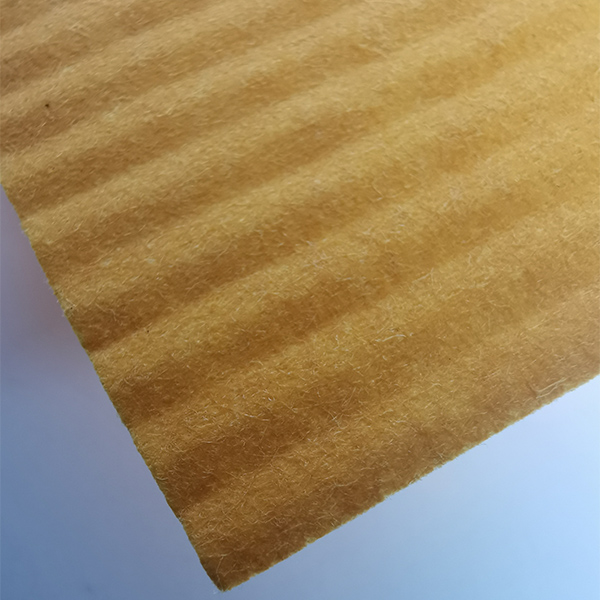Why Dust Extractor Filter Cartridges Remain Essential in Industrial Settings
If you've spent any time in the industrial equipment world, you know that air quality control is a never-ending challenge. And honestly, when dust extractor filter cartridges come into the conversation, it feels like one of those “unsung heroes” moments. These cartridges might look simple, but they’re responsible for a lot more than just trapping dust—they protect machinery, improve worker safety, and keep operations running smoothly. I remember one plant where the maintenance crew kept replacing the filters every few weeks. Turns out, the wrong type was being used. Once the engineers switched to a more robust cartridge design, downtime dropped considerably. There’s definitely something to be said about choosing the right filter media and construction that matches your specific dust types and airflow requirements.How Dust Extractor Filter Cartridge Design Influences Performance
Okay, so here’s the thing. Not all cartridges are created equal. The outer frame, pleated filter media, and sealing technology all play a role in performance. Many engineers swear by cartridges with synthetic spunbond polyester media because of their durability and better resistance to moisture compared to traditional cellulose filters. Plus, finer filtration can be achieved without drastic airflow loss. Oddly enough, the surface area of the pleats really dictates how often you need to perform that dreaded filter change. A cartridge that’s too compact will clog fast, while one with well-optimized pleats can last months on end—sometimes even a year if the environment is right. Testing these cartridges usually involves dust loading trials, air-to-cloth ratio assessments, and pulse-jet filter cleaning cycles... all those details are critical when sizing a system or picking replacements.Choosing the Right dust extractor filter cartridge for Your Operations
When I talk with clients from different sectors—woodworking shops, metal fabrication plants, the like—they often worry about compatibility. They want to know whether the cartridge they pick will hold up under sharp metal dust, heat, or heavy particulate loads. And fair enough. The best advice I can offer is to first understand your dust characteristics (size, type, moisture) and system air volume, then look for cartridges rated for that environment. Customization is also becoming the norm; vendors now can tweak media types, incorporate nanofiber layers, or enhance anti-static coatings. These tweaks meaningfully prolong filter life and reduce pressure drops, which means big savings over time. Here’s a typical spec rundown from one popular cartridge model I recently worked with:| Specification | Details |
|---|---|
| Filter Media | Spunbond Polyester (antistatic treated) |
| Dimensions | 24” length x 6” diameter |
| Efficiency | 99.9% @ 0.3 microns |
| Max Temp | 150°C (302°F) |
| Max Airflow | 2000 CFM (cubic feet per minute) |
| Lifespan | 6–12 months (typical use) |
Comparing Leading Vendors in Dust Extractor Filter Cartridges
In my experience, choosing the right vendor is half the battle. Some vendors emphasize cost, others push high-tech materials, and some offer broad customization but at a premium. Here’s a quick comparison of three suppliers I’ve dealt with, highlighting what stood out about each:| Vendor | Product Range | Customization | Price Level | Lead Time |
|---|---|---|---|---|
| Anyafiltermedia | Wide (industrial & OEM) | High (media, size, treatment) | Mid-Range | 2–3 weeks |
| DustTech Solutions | Focused (metal alloys dust) | Medium (mainly coatings) | Higher | 4–6 weeks |
| EcoFilter Systems | Eco-friendly focus | Low (standard options) | Competitive | 1–2 weeks |
References and personal notes:
- Industrial Dust Collector Trends, Dust Technologies Review, 2023
- Various vendor spec sheets and customer case studies, 2022–2024
- Personal field experience and maintenance logs (woodworking & metal shops)
Post time: Nov-13-2025

